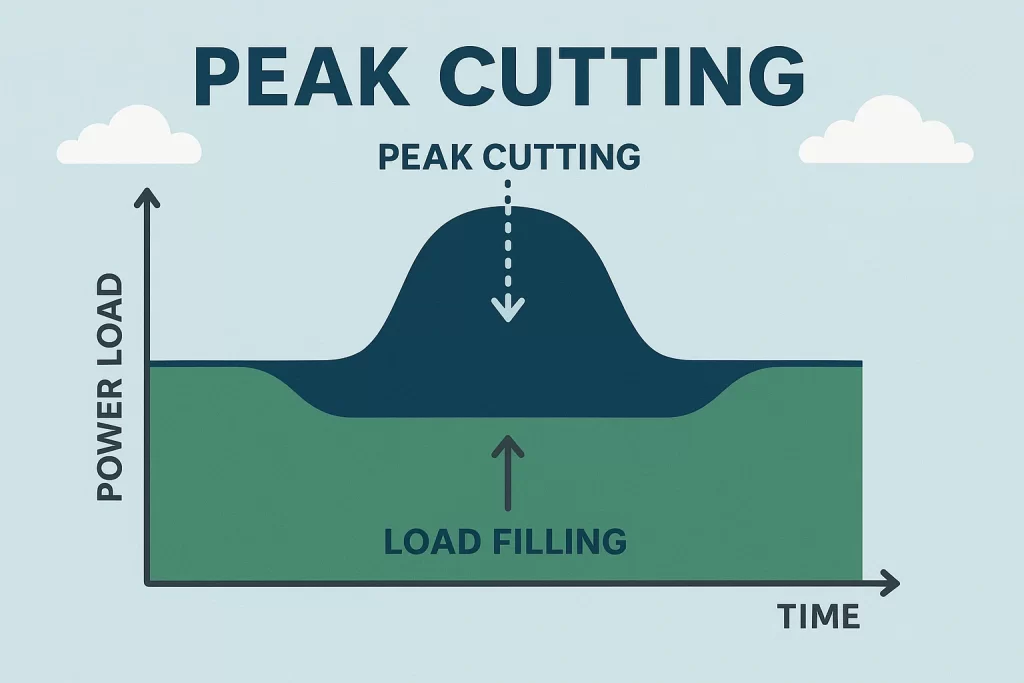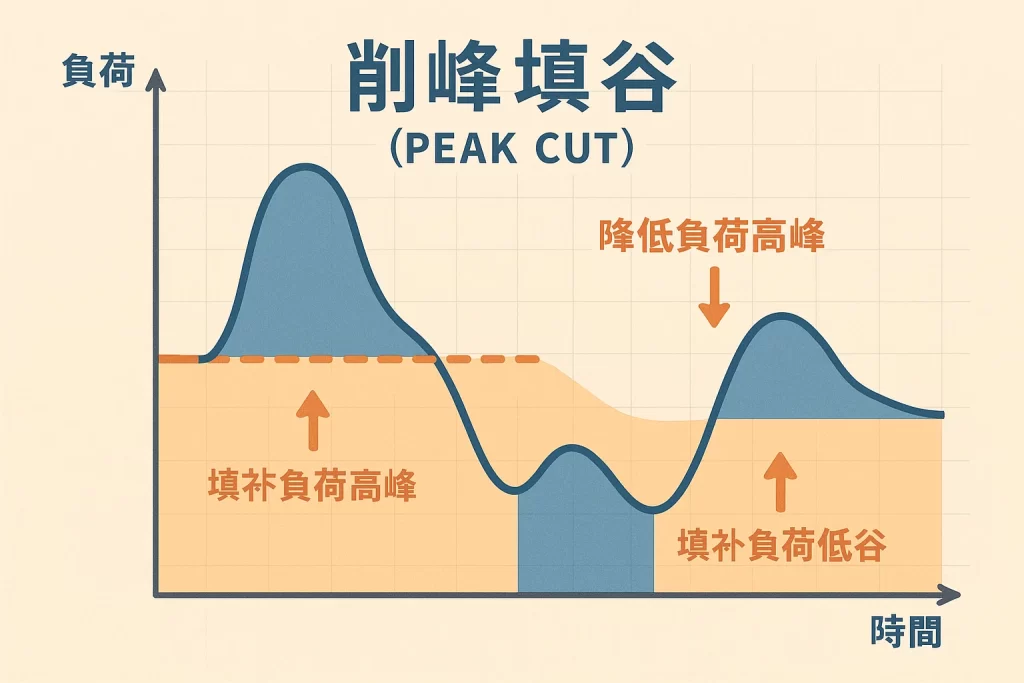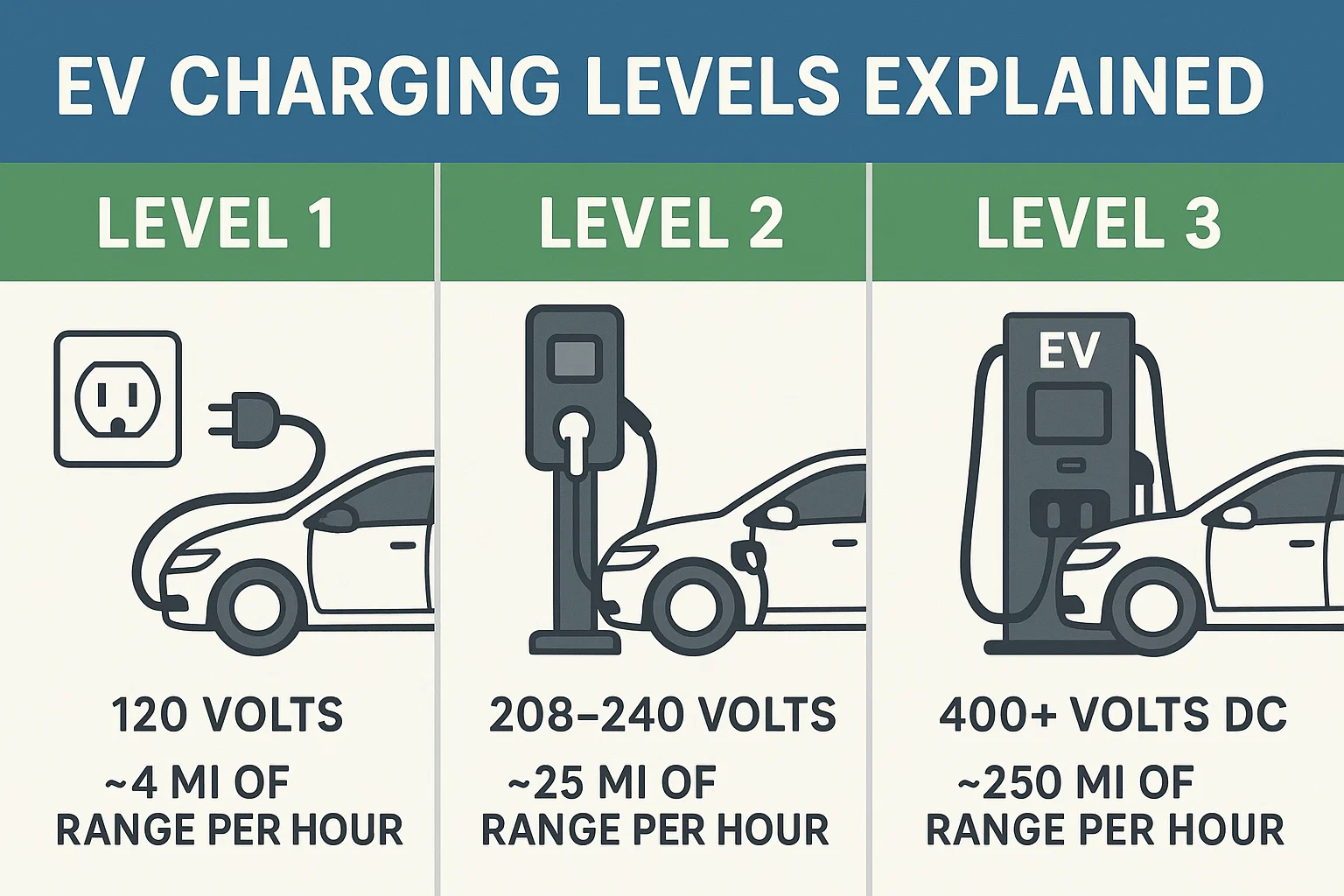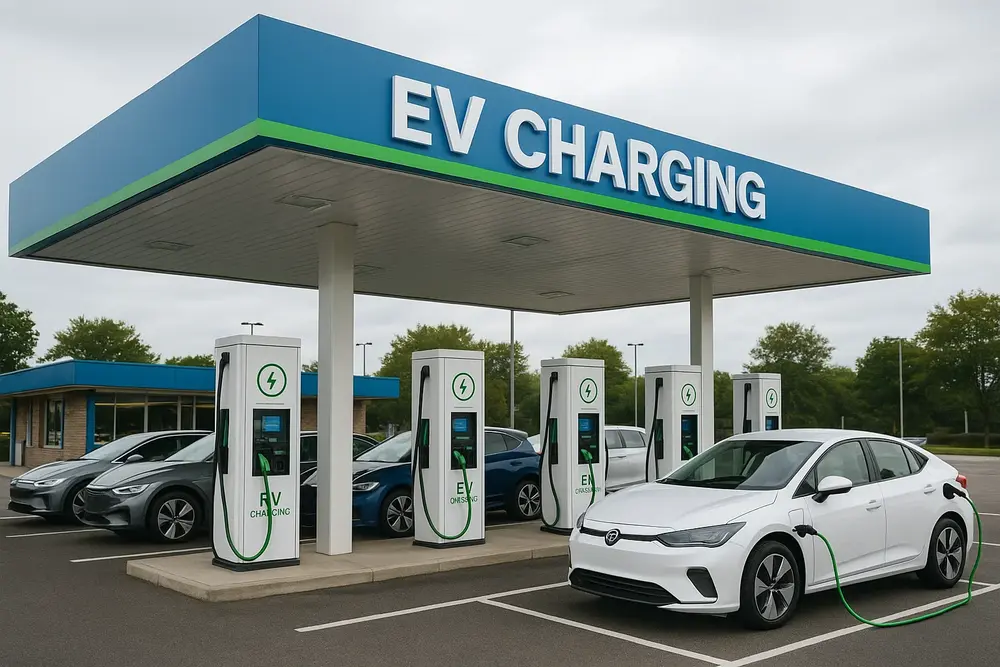
Products
Fast, Reliable, Everywhere

Solutions
Efficient, Innovative EV Charging Solutions.
News
We are committed to the innovation and application of EV charging.
As energy demand continues to surge across the globe, utilities and large-scale power consumers are exploring smarter methods to optimize electricity usage. One of the most effective strategies is known as "Peak Cut"—a technique for reducing electricity consumption during periods of peak demand. From both an operational and economic perspective, peak cutting plays a vital role in improving grid stability, reducing energy costs, and supporting decarbonization efforts.

In this article, we will explore the concept of peak cut from a professional perspective, examining its mechanisms, benefits, implementation methods, and future implications in the context of modern smart grids and renewable energy systems.
Peak cut refers to the strategic reduction or shifting of electricity consumption during times of high grid demand, typically when electricity prices are highest. These peak periods, often referred to as "peak load windows," stress the grid, require expensive peaker plants, and contribute disproportionately to carbon emissions.
By temporarily reducing or shifting non-essential loads, peak cutting alleviates the burden on the grid and reduces energy bills for consumers operating on time-of-use pricing models.
During peak hours, electricity demand can exceed supply capacity if not managed properly, leading to grid instability or even blackouts. Peak cutting reduces demand stress and helps maintain a stable and reliable grid.
Electricity prices during peak periods can be significantly higher due to the activation of cost-intensive peaker plants. By cutting peak loads, industrial and commercial consumers can achieve substantial cost savings.
Peaker plants are often powered by fossil fuels, making peak load times particularly carbon-intensive. Reducing peak demand reduces the reliance on these plants, contributing to emissions reductions and supporting environmental goals.

Demand response (DR) programs incentivize end-users to reduce or shift their electricity usage during peak periods. DR can be automated or manual and often involves participation in utility-initiated peak events.
Advanced software platforms allow facilities to pre-program load reduction strategies. These can include dimming lighting, adjusting HVAC settings, or reducing equipment usage.
Battery energy storage systems (BESS) are increasingly used for peak shaving. Stored electricity is deployed during peak demand to reduce reliance on grid power.
Lithium-ion batteries offer fast discharge and compact storage, ideal for short-duration peak cuts. Flow batteries, on the other hand, provide scalability and longer durations for extended peak periods.
Facilities equipped with solar panels, combined heat and power (CHP) systems, or backup generators can switch to self-generation during peak times to avoid drawing power from the grid.
Real-time monitoring and AI-powered forecasting tools allow facility managers to anticipate peak demand and deploy load control strategies in advance.
High-power-consuming industries like steel, cement, and chemical manufacturing benefit significantly from peak cut strategies. By rescheduling non-essential processes to off-peak hours, they achieve better cost control.
Office complexes, shopping centers, and data centers often implement automated demand response and battery storage to manage energy consumption efficiently.
Utilities use aggregated demand response data to coordinate grid-wide peak cut events, offering financial incentives to participants and avoiding capital-intensive grid expansions.
Deploying technologies like BESS, automated DR systems, and real-time monitoring platforms requires initial capital, which may deter some facility operators.
Some operations, particularly in manufacturing, cannot easily adjust schedules without affecting productivity. This limits the flexibility of peak cutting.
Not all regions offer robust demand response markets or dynamic pricing models, reducing the financial viability of peak cut initiatives.
As smart grid infrastructure evolves and AI-driven energy management becomes mainstream, peak cutting is set to play an even more critical role. Future trends include:
Peak cutting is a foundational strategy in modern energy management, offering a blend of economic, operational, and environmental benefits. While challenges remain, technological advances and evolving energy markets are making it increasingly accessible. For utilities, businesses, and grid operators aiming to optimize performance and sustainability, peak cut is not just an option—it’s a necessity.




